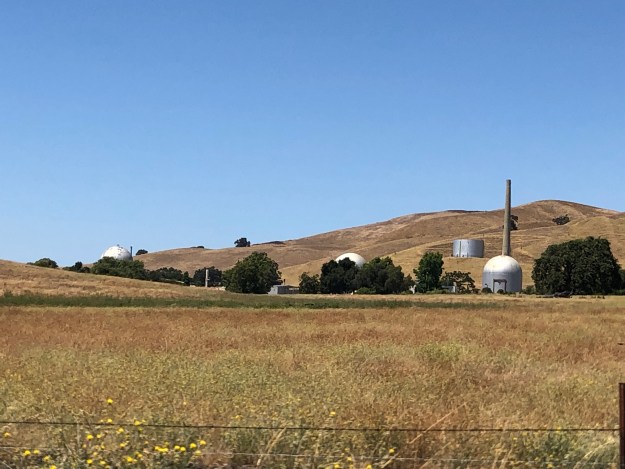
Steve Olson presented a talk and question & answer session about his newest book, The Apocalypse Factory: Plutonium and the Making of the Atomic Age, at the Graham Pierce County Library on Saturday, February 11, 2023.
The Apocalypse Factory tells the story of plutonium from it’s discovery by Glenn Seaborg at the birth of nuclear fission, the technology of using and testing plutonium as a weapon, the development of Hanford and the reactor complexes, and the Cold War aftermath and reliance on the manufacturing of plutonium.
Much has been written about uranium, the Manhattan Project, and the development of the first atomic bomb used on the citizens of Hiroshima. Mr. Olson’s book looks at the second atomic bomb, using implosion and plutonium, which was used on the citizens of Nagasaki on August 9, 1945. More importantly, plutonium pits became the standard for the U.S. stockpile of nuclear and thermonuclear weapons, creating the Cold War and the arms race.
As Glenn Seaborg noted on his discovery of plutonium:
I was a 28-year old kid and didn’t stop to ruminate about it… I didn’t think, “My God, we’ve changed the history of the world.”
(as cited in Olson, 2020, The Apocalypse Factory, p. 31)
Steve Olson is the author of Eruption: The Untold Story of Mount St. Helens (winner of a Washington State Book Award), Mapping Human History: Discovering the Past Through Our Genes (a finalist for the National Book Award), and other books. He has written for the Atlantic, Science, Smithsonian, and more. He lives in Seattle, Washington.



